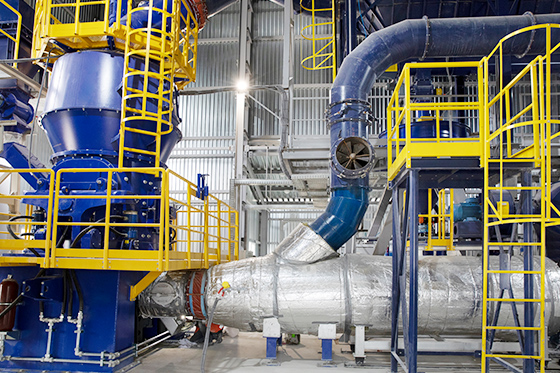
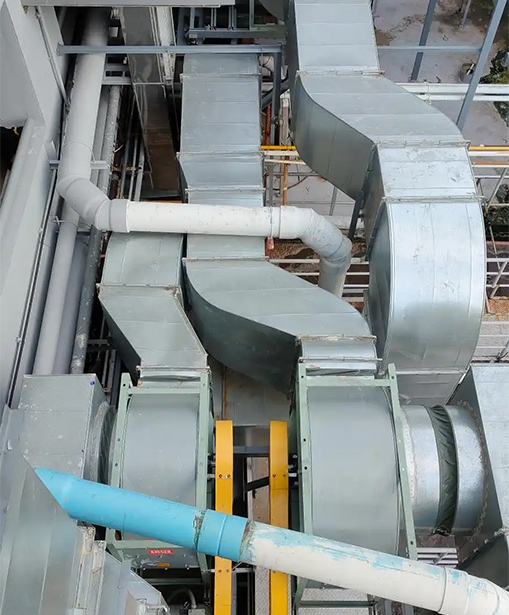
The closed-loop energy station significantly improves energy utilization efficiency through cascaded utilization and cyclic recovery of energy. In the lithium battery production process, from raw material processing to battery assembly, various links have different energy demands and quality requirements. The closed-loop energy station can reasonably allocate energy according to these needs to achieve maximum energy utilization. For example, high-temperature waste heat can be used to preheat raw materials or drive other equipment with low-grade energy demands, while low-temperature waste heat can be used for heating water or providing domestic energy, thus avoiding energy waste. At the same time, the addition of an energy storage system makes energy use more flexible and efficient. With the support of the energy storage system, renewable energy power generation can better match production needs and reduce waste caused by mismatches between energy supply and demand.
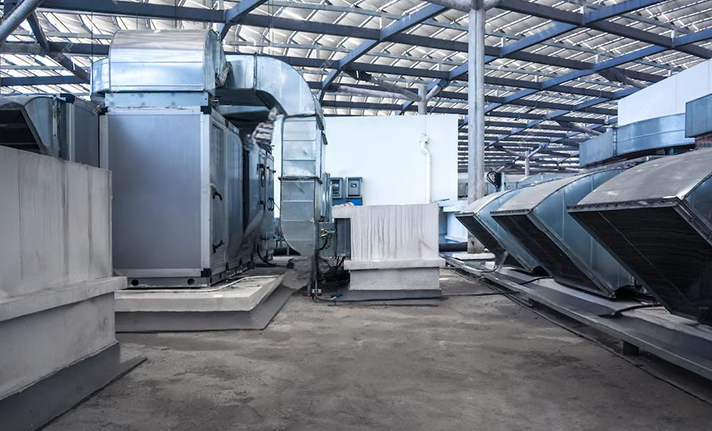
In the long run, closed-loop energy stations help businesses reduce operating costs. Although the initial construction and equipment investment are relatively large, with the operation of the system, the self-sufficiency of renewable energy and the improvement of energy utilization efficiency, it can significantly reduce the dependence of enterprises on external power grids and lower electricity bills. Taking a lithium battery company that has introduced a closed-loop energy station as an example, in the first three years of operation, it has already recovered most of its initial investment by reducing energy costs and improving production efficiency. In addition, due to the enhanced stability of energy supply, production interruptions and equipment damage caused by energy supply issues have been reduced, resulting in lower maintenance costs and production losses.
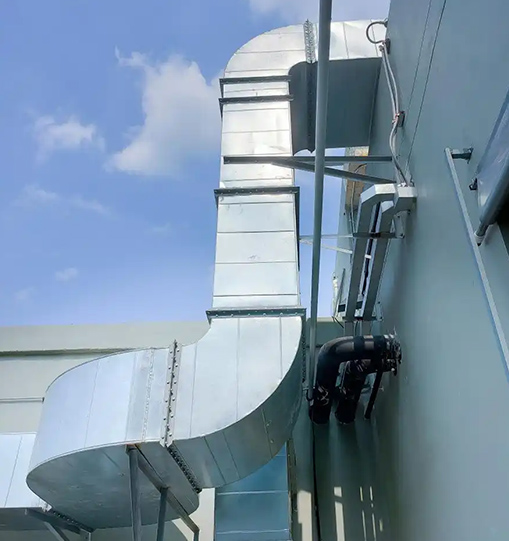
Closed loop energy stations play an important role in reducing carbon emissions and environmental pollution. In the new energy lithium battery industry, traditional energy supply methods often come with high carbon emissions, while closed-loop energy stations rely mainly on renewable energy sources such as solar and wind energy, which produce almost no carbon emissions during the production process. At the same time, through the recycling and efficient management of energy, the losses in energy production and transmission processes have been reduced, further reducing carbon emissions. For example, compared to traditional energy supply models, closed-loop energy stations can help lithium battery companies reduce hundreds of tons of carbon dioxide emissions annually, making a positive contribution to achieving the global "dual carbon" goal. In addition, closed-loop energy stations can reduce the extraction and dependence on traditional energy, lower the environmental pollution risks caused by energy extraction and transportation, and conform to the green development concept of the new energy industry.
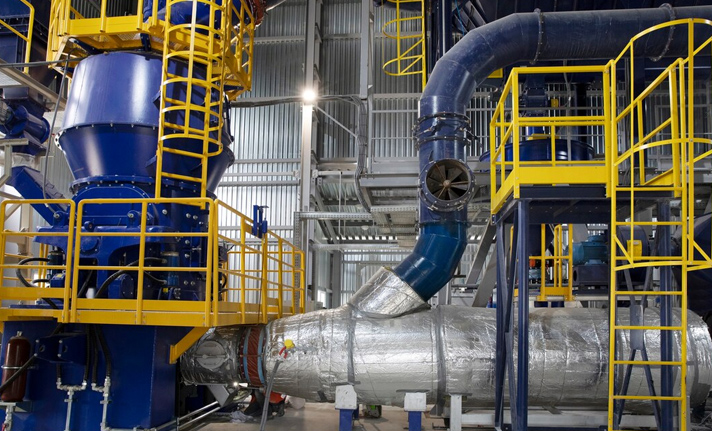
Taking the new energy lithium battery production base as an example, the introduction of closed-loop energy stations has achieved significant results in energy efficiency and cost control.
In terms of energy efficiency improvement, closed-loop energy stations integrate solar photovoltaic power generation and wind power generation systems. The area where the base is located has sufficient sunshine, with an average annual sunshine duration of over 2000 hours, and abundant wind resources, with an average annual wind speed of 5-6 meters per second. By laying solar photovoltaic panels on a large scale and installing wind turbines, the closed-loop energy station can produce over 50 million kilowatt hours of green electricity annually, meeting about 40% of the base's electricity demand. At the same time, the introduction of energy storage systems effectively solves the intermittent problem of renewable energy generation. When there is an excess of renewable energy generation, the excess electricity is stored in the battery energy storage system; During periods of insufficient power generation or peak electricity consumption, the energy storage system releases electrical energy to ensure the stable operation of production equipment. This has increased the comprehensive utilization rate of energy from 60% to over 85%, significantly reducing energy waste.
In terms of cost reduction, the construction of closed-loop energy stations has brought tangible economic benefits to the lithium battery production base. Before introducing closed-loop energy stations, the base mainly relied on traditional power grids for power supply, with a cost of about 0.8 yuan per kilowatt hour. With the operation of closed-loop energy stations, the proportion of renewable energy generation continues to increase. Although the initial construction investment is relatively large, in the long run, the average cost per kilowatt hour of electricity is reduced to around 0.5 yuan. Based on an annual electricity consumption of 100 million kilowatt hours at the base, it can save 30 million yuan in electricity expenses annually. In addition, due to the improvement of energy supply stability, production stagnation and equipment loss caused by power outages and other accidents have been reduced, indirectly reducing economic losses by about 5 million yuan per year.
In addition to the energy efficiency improvement and cost reduction mentioned above, the lithium battery production base has also achieved outstanding results in environmental protection and sustainable development after introducing closed-loop energy stations. According to calculations, it can reduce carbon dioxide emissions by about 40000 tons per year, effectively reducing the carbon footprint of enterprises, meeting the requirements of the national "dual carbon" target, and enhancing the social image and brand value of enterprises.




National Service Hotline
Website: www.sunerjs.com
Email: suner@sunerjs.com
Address: Nanotechnology Industrial Base, Chinese Academy of Sciences, No.128 Fangzhou Road, Suzhou Industrial Park, Suzhou, Jiangsu, China
Copyright © 2024 Suner Thermal Energy Technology (Jiangsu) Co., Ltd All rights reserved